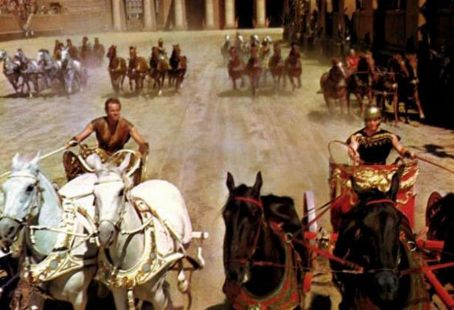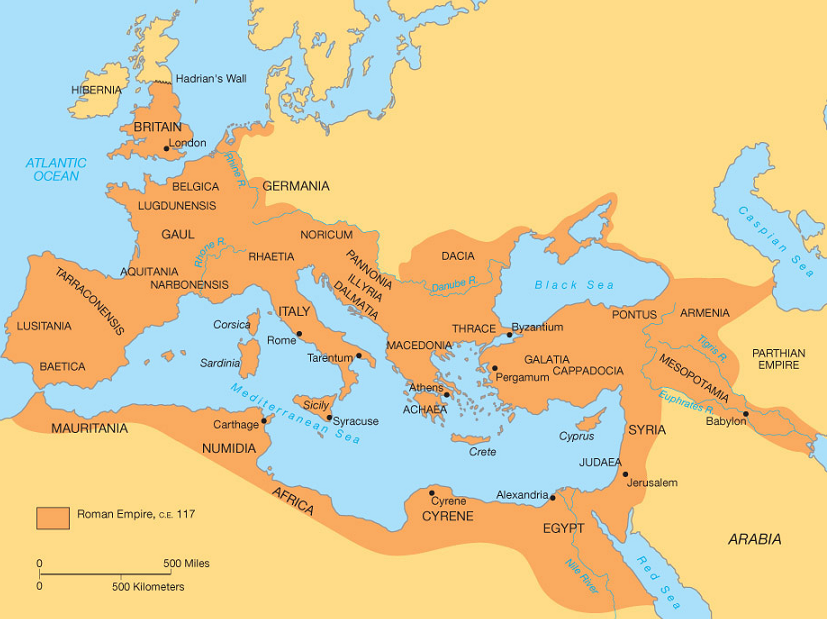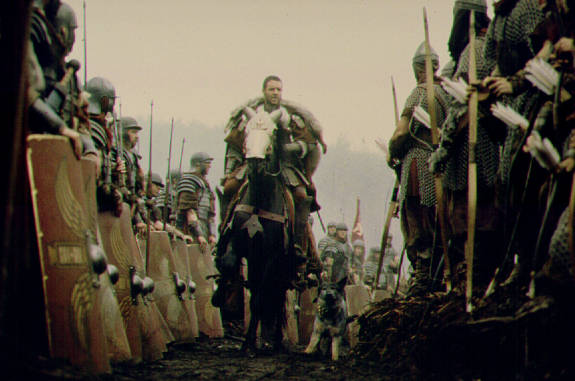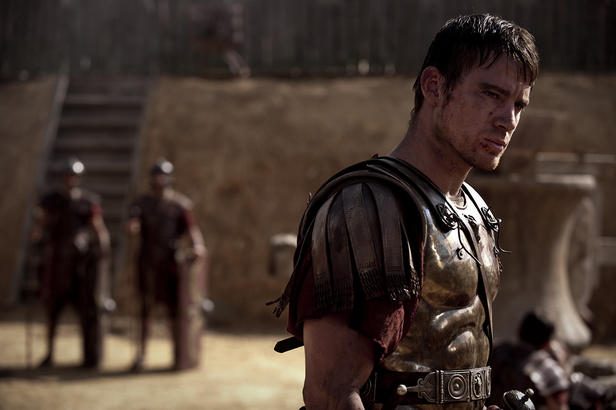Spanning from the border of Scotland to the southern tip of Egypt, from the coast of Portugal to modern-day Iraq, the Roman Empire has had a massive impact on the world in terms of language, politics, religion and architecture. Storytellers have often been drawn to the Roman Empire, which has influenced culture in Europe and North America and been something that many political rulers have seen it as something to aspire to.
The Roman Empire offers a variety of stories and there are many areas for writers and director to examine, from war and politics to slavery, violence, blood, sports and prostitution.
Generally speaking, Classical stories have often been a popular source for Hollywood: the '50s and early '60s delivering big hits during the time. Ben-Hur, a box-office smash in 1959, was the first film to win 11 Academy Awards. The film dealt with regional politics between local elites and the Romans and featured slavery, big battles, an exciting chariot race and the rise of Christianity.
Spartacus was also a major box-office hit and a very entertaining film. Stanley Kubrick's film was a fictionalised take on Spartacus ’ slave rebellion and a criticism about slavery; it won four Oscars. But the swords-and-sandals genre came crashing down when Cleopatra was one of the most expensive flops of all time, despite having one of 1963's highest grosses.

The genre became a source ridicule in the '70s, with films about the Roman Empire either resulting in comedy such as Life of Brian (or as it was promoted in Sweden, “The film so funny Norway banned it”) or pornography such as Caligula. It was only when Gladiator surfaced at the turn of the century that swords and sandals became fashionable again with the help of a healthy dose of violence and realism. As such, we've seen more and more films return to the glory days of Rome.
Geographically, the Roman Empire's incredible span has affected the future of many nations. Legends and stories have subsequently evolved, from the legend of the Ninth Legion in Scotland (the basis for this past weekend's The Eagle), the Celtic resistance in England, Boudica and the Varian disaster. Many films have multiple settings: Gladiator took place in Germany, Spain, North Africa and Rome, while Ben-Hur was located in Judaea, the Mediterranean Sea and Rome. The acclaimed TV show Rome spanned from Gaul to Greece and Egypt.
Resistance leaders became siginificant pieces of many nations' tales of the Roman days. The fictional French character Asterix, the Gaul who fought the Roman Empire, has appeared in eight animated films and three live-action films. Everyone loves a good rebel (see Braveheart).
Action and warfare has often been a major component of Roman films and with the political background added in, the films have more substance than simply fighting. They also seem to relate well to current events. Critics have compared Neil Marshall’s film Centurion, which starred Michael Fassbender and was release last year, to the Afghan war, with the Romans representing America and the Picts being the Taliban.
The history of the Roman Empire has offered a wealth of story ideas for writers, from Shakespeare onward. Stories about Julius Caesar and Spartacus tend to be popular for film and television and could be worked into a historically accurate tale or a more fictionalized take. 
Religion tends to be a significant theme for Roman-set films. This is the period when Jesus Christ was to have existed and Christianity began to grow. Jesus has actually appeared in some of the films: in Ben-Hur he was a compassionate person helping the hero and in The Last Temptation of Christ, he was depicted as human and fallible. Then there's The Passion of the Christ ... which belongs in its own category.
Hollywood has even created myths of its own, but just in the smaller details for the most part. These myths often revolve around gladiatorial contests. One example is that the Emperor could give the thumbs up if he wanted the defeated gladiator to live; in real life, the signal was the opposite. Films like Spartacus have also made gladiators out to be mostly slaves, when in fact most gladiators were professionals who were willing to fight and considered the top sportsmen of their day. Not even revisionist takes of Gladiator remedied these issues.
There are even more stories that filmmakers can turn to about Rome that have not been tapped into; there are the Punic Wars with Hannibal crossing the Alps, the Roman Republic committing genocide in Carthage, the reign of Nero, the Battle of the Teutoburg Forest and many other possible film ideas. So no matter how The Eagle does, the Roman Empire will continue to be revisited and remind us of a time when pride was the biggest motivating factor in leadership and conquest over other people and nations was the ultimate form of glory. 